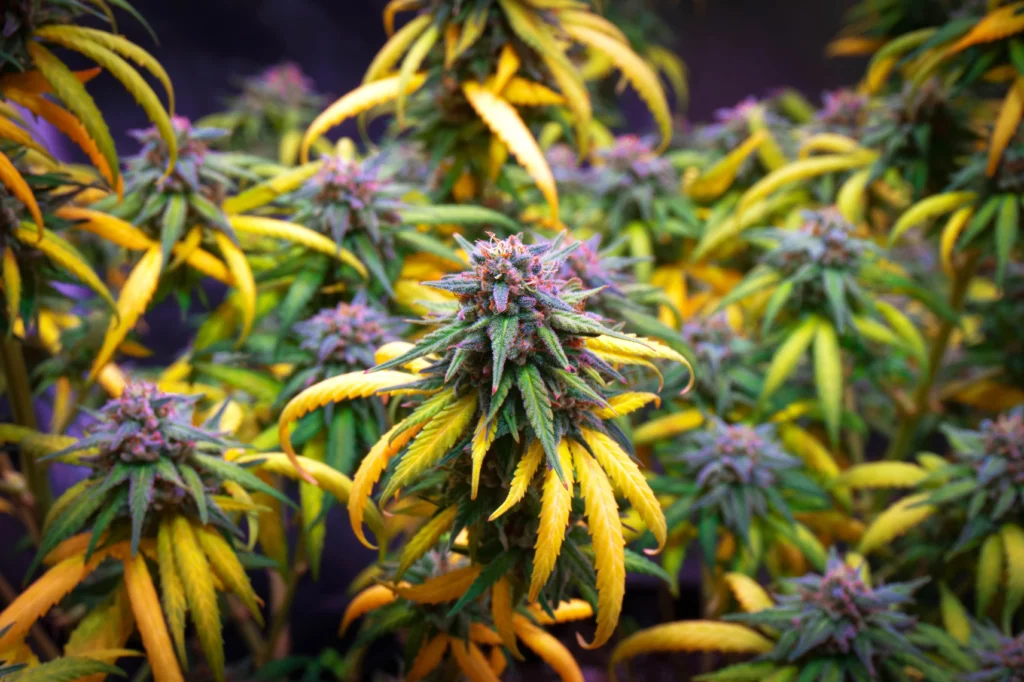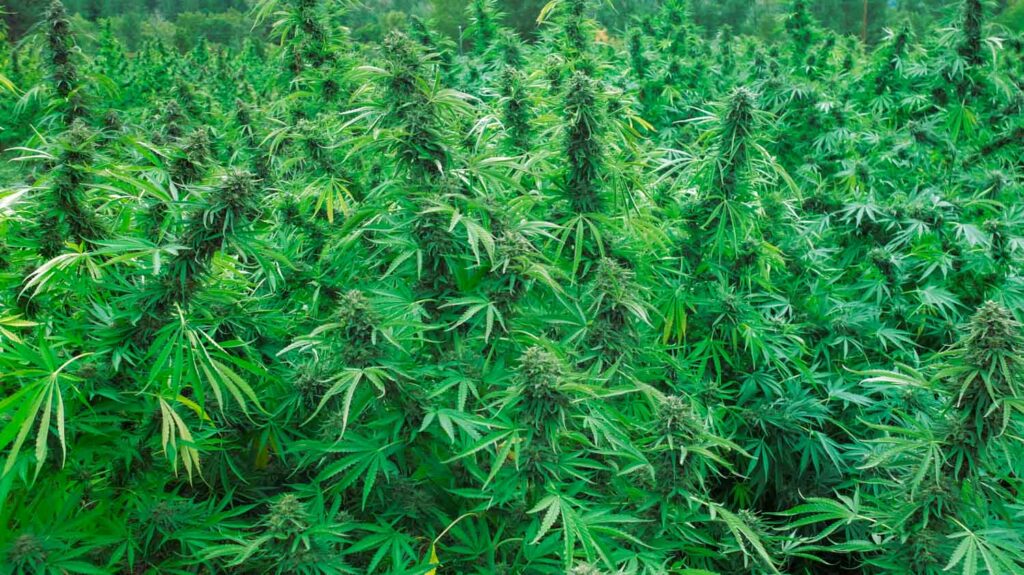Introduction
Harvesting cannabis stands as a culmination of months filled with meticulous care and nurturing, symbolizing an exhilarating milestone in the journey of cultivation. This pivotal moment is a testament to the growers’ unwavering dedication, patience, and hard work as they prepare to harvest the fruits of their labor. In this blog, we embark on an exploration of the intricate art and science behind harvesting cannabis, delving deep into the optimal timing, techniques, and considerations essential for securing a bountiful and premium-quality yield.
As the plants reach their peak maturity, the anticipation mounts, and every decision becomes critical to ensure the preservation of potency and flavor. From observing trichome development to monitoring pistil color and flower structure, every aspect contributes to the success of the harvest. Join us on this enlightening journey as we unravel the secrets to mastering the art of cannabis harvesting and unlocking the full potential of nature’s bounty.
Timing Is Key

Timing is everything when it comes to harvesting cannabis. Determining the ideal time to harvest requires a keen eye and careful observation of the plant’s development. While the precise timing may vary depending on factors such as strain, growing environment, and desired effects, there are several key indicators to look for:
- Trichome Color: Trichomes, the resinous glands that contain cannabinoids and terpenes, change color as they mature. For most strains, harvesting during the peak of trichome development, when they appear milky or cloudy, yields the best balance of potency and flavor.
- Pistil Color: The color of the pistils, or hairs, on the cannabis flowers also provides valuable insight into readiness for harvest. As the flowers mature, the pistils change from white to reddish-brown or amber.
- Flower Structure: Examining the overall structure and density of the flowers can help determine readiness for harvest. Fully developed flowers will be dense, tightly packed, and swollen with resin.
Harvesting Techniques
As the vibrant hues of autumn blanket the cannabis fields, cultivators eagerly anticipate the culmination of their labor: harvest season. Harvesting cannabis is a nuanced process that requires careful timing, skillful execution, and an understanding of plant physiology. In this comprehensive guide, we embark on a journey through the intricate world of cannabis harvesting techniques, delving into the art and science of reaping nature’s bounty.
The moment of harvest represents the culmination of months of meticulous care and cultivation. It is a time of celebration and anticipation as growers prepare to gather the fruits of their labor and transform them into potent and aromatic cannabis flowers. From selecting the optimal time to harvest to employing various harvesting methods, each step in the process plays a crucial role in preserving the quality and potency of the final product.
Join us as we explore the diverse array of harvesting techniques used by cannabis cultivators around the world. From whole plant harvesting to selective harvesting, we’ll uncover the pros and cons of each method and provide insights into best practices for maximizing yield and quality. Whether you’re a novice grower or an experienced cultivator, this guide will equip you with the knowledge and skills needed to master the art of harvesting cannabis and usher in a successful harvest season.
Once the cannabis plants are deemed ready for harvest, it’s time to begin the process of harvesting. While there are various techniques for harvesting cannabis, the most common methods include:
- Whole Plant Harvest: This method involves cutting down the entire cannabis plant at once, usually at the base of the stem. Whole plant harvesting is preferred for smaller-scale operations or when space is limited.
- Selective Harvesting: Selective harvesting involves harvesting individual branches or colas as they reach maturity, allowing the remaining buds to continue developing. This method is often favored by larger-scale cultivators or those seeking to stagger their harvests for a continuous supply of fresh cannabis.
Also Read: Mastering the Art of Watering Your Cannabis Plants
Post-Harvest Processing
After harvesting, the work is far from over. Proper post-harvest processing is essential to preserving the quality and potency of the cannabis flowers. Key steps in post-harvest processing include:
- Trimming: Trimming involves removing excess leaves and foliage from the harvested cannabis flowers. This not only enhances the visual appeal of the buds but also improves airflow and reduces the risk of mold and mildew.
- Drying and Curing: Drying and curing are critical steps in the post-harvest process that help to enhance the flavor, aroma, and potency of the cannabis flowers. Properly dried and cured cannabis flowers boast improved flavor, smoother smoke, and a more enjoyable overall experience.
Conclusion
Harvesting cannabis is a labor of love that requires careful attention to detail, patience, and skill. By timing the harvest just right, employing proper harvesting techniques, and following through with meticulous post-harvest processing, growers can ensure a bountiful yield of high-quality cannabis flowers. Whether cultivating for personal use or commercial production, mastering the art of harvesting cannabis is an essential skill that sets the stage for a successful and rewarding cultivation journey.

